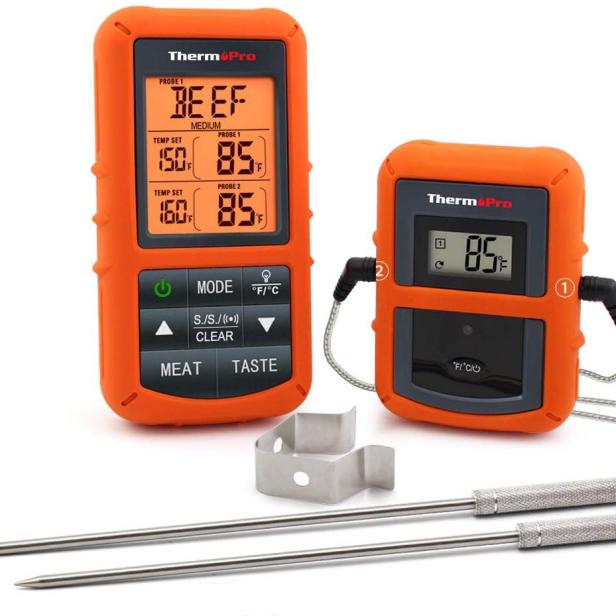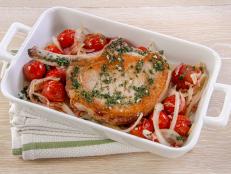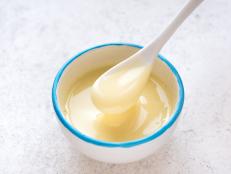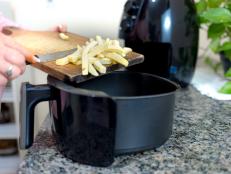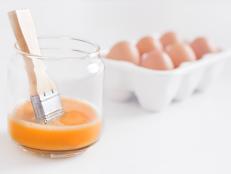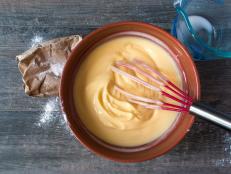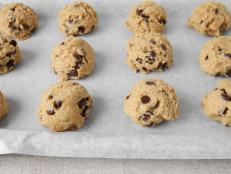What Is A Convection Oven?
To buy or not to buy, that is the big question when considering the convection oven feature when you need a new stove. Decide after learning the pros and cons.

Nuttawat Narktubtee /EyeEm/Getty Images
By Fraya Berg for Food Network Kitchen
Fraya is a chef and a contributing writer at Food Network.
Yes, a convection oven is going to add to the cost of your new stove. Is it worth it? That depends on what you like to cook and how you cook it. Think about what you’ve cooked in the past six months and be realistic. Will you be hosting Thanksgiving dinner for years to come? Do you have an amazing set of cookware that you use all the time? Do you have an enamel cast iron Dutch oven that is your main pot for cooking in the oven? Do you bake at least twice a month? Do you have a small pile of extra cash that you can spare today? Here are the facts to consider when you create your own pro vs. con list.

Octavian Lazar/Getty Images
What Is a Convection Oven?
A convection oven is an oven with a fan on the inside that can blow the hot air around when the oven is on and a vent in the back behind the fan. Compared to a regular oven, it doesn’t look any different from the outside and won’t need any extra room.
Stoves (or ranges as they are also called) come in three forms: all gas, all electric and dual fuel. All gas and all electric are exactly what you think they are. An induction stove is a variety of electric stove. A dual fuel stove has a gas cooktop and an electric oven, the best of both worlds. All three can be purchased with or without convection, depending on the model you choose.
What Does a Convection Oven Do?
When the oven is set to either convection bake or convection roast, the fan turns on and blows the air around the inside of the oven. So what’s the big deal? The deal is that this feature keeps the air around whatever you’re cooking at a much more constant temperature. Why is that important? Imagine you put a 20-pound turkey in the oven, and even if you let it warm up for an hour before putting it in to roast, the temperature of that turkey is going to be around 60 degrees F at the max. When you put it in a conventional oven set at 325 to 350 degrees F, the air around the turkey is going to be colder than the temperature you set the oven to because the turkey itself is cooling the air in the oven. When you have a convection oven, the fan blows that cold air away from the turkey, so the turkey cooks faster. We checked this out with a physicist - it’s all related to the first law of thermodynamics.

Tetra Images/Getty Images
How To Use a Convection Oven
First and foremost, refer to the manual that came with the stove. Yes, reading the directions can be a pain, but it pays off in the long run because there are two ways the temperature setting can work, and if you know how your particular oven works, you’ll have a much better result. Here's why. If you set the oven to convection bake at 350 degrees F it will run at 350. If your recipe calls for 350 degrees F for say, a roast, you’ll need to lower the temp to 325 degrees F to compensate for the air racing around in the oven. BUT: your oven might be smarter than that, and when you hit convection bake, it might make the adjustment for you and automatically set it to 325 degrees F. That’s something you need to know, and the info should be in the manual.
The other thing you need to be mindful of is that even when you or your very intelligent oven have turned down the temp by 25 degrees, whatever you’re cooking could easily be done in much less time. A good rule to follow is if you’re baking a pie, check it 12 to 15 minutes before the time called for in the recipe. If it’s a big roast or turkey, start checking it 1 hour before the time called for. You can always bake or roast a little longer, but you can’t come back from well done if you wanted a prime rib roast to be medium rare. The best way to determine what’s going on in the oven is to use an accurate oven thermometer.
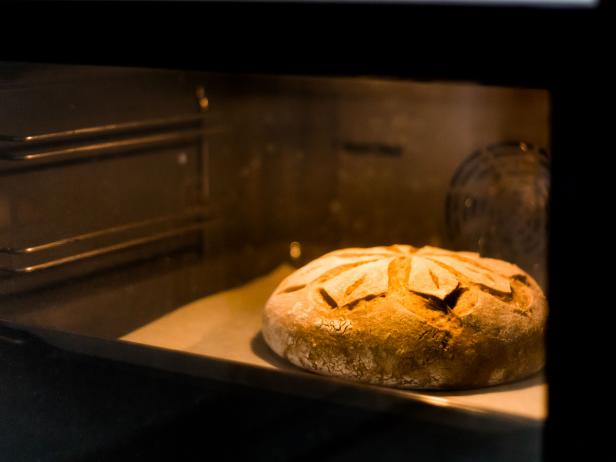
Photographer, Basak Gurbuz Derman/Getty Images
When Should You Use the Convection Setting?
- Roasting meat. You’ll get a juicer roast because the meat won’t be in the oven as long. (The longer a roast is in the oven, the more it dries out no matter how careful you are.) You’ll also get better browning on the outside crust (or skin if it’s poultry), because the air next to the meat is hotter.
- Baking cookies. With the convection setting, you can put at least two cookie sheets in at once, and they will bake much more evenly. In a conventional oven, to get the very best cookie results, it’s just one pan at a time.
- Baking pastries. When baking pies and tarts and pastries, us the convection setting for the same reasons noted above: faster, lower temp, more even baking and crispier pie crust.
- Baking bread. The convection setting will yield lovely, crusty bread. Some bakers think it may dry the bread out: we haven’t had that experience, so we use convection for bread. Try it and decide how it goes in your oven.
- Roasting vegetables. The fan and exhaust move the air around and out, taking moisture away much more quickly, yielding magically caramelized veggies.
When Should You NOT Use the Convection Setting?
- Baking quick bread. We’ve seen pictures of muffins with very sloped tops because the force of the air literally pushed the batter away from the fan. The same goes for quick breads like banana bread.
- Baking cakes. Like quick bread, you’ve got a loose batter, and slow, calm air is best.
- When making a souffle. If you’re going to all that trouble, the last thing you want is for the fan to blow the top off your souffle.
- When making baked custard, flan or cheesecake. You’ll probably have it in a water bath, and it’s very important not to speed up the cook time.
Pros and Cons Of Convection Ovens
PROS
- Cooks faster at a lower temperature, making for energy savings
- More even browning and better browning with roasts
- Allows for baking two to three sheets of cookie at a time
- Cooks more evenly in general
- Great if you do a lot of baking and oven cooking
CONS
- They add $100 to $200 to the price of a stove
- You have to adjust time and temperature on your recipes
- Over-crowding can hinder the air flow, especially if pans are too close to the back of the oven where the fan is
What Is a Convection Microwave?
Regular microwaves cook food on the inside, very quickly by producing electromagnetic radiation. Convection microwaves have an additional heating element - you guessed it - a fan that circulates hot air around. This allows foods to cook from the outside too and become crispy. While convection microwaves aren't as powerful as convection ovens, you can certainly use them for small baking and roasting projects, as well as reheating foods that are supposed to be crispy.
Recipes that Are Even Better Cooked In a Convection Oven
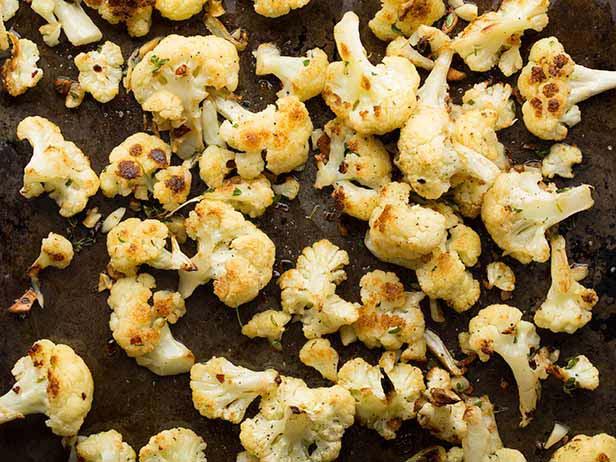
Tara Donne, FOOD NETWORK : 2012, Television Food Network, G.P.
A convection oven will give you tons of caramelization and bring out the sweetness in this Roasted Cauliflower.

Oven Fried Chicken is so much easier than setting up a frier. A convection oven will make it faster and crispier.

Steve Giralt
Make this pie whenever rhubarb is available - you won’t be sorry.
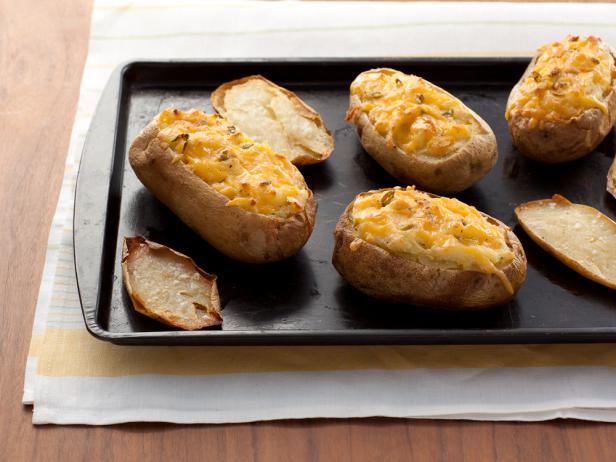
Tara Donne, Tara Donne
Don’t be afraid of a 400 degree F oven, but drop the temp to 375 degrees F if you’re using a convection oven.
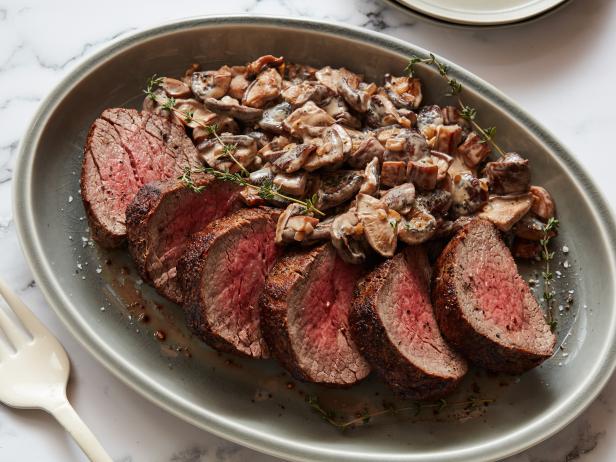
Matt Armendariz
If you have a convection oven, be sure to use it when you make a roast. It will cook more evenly and get a better crust.
Related Links:
























